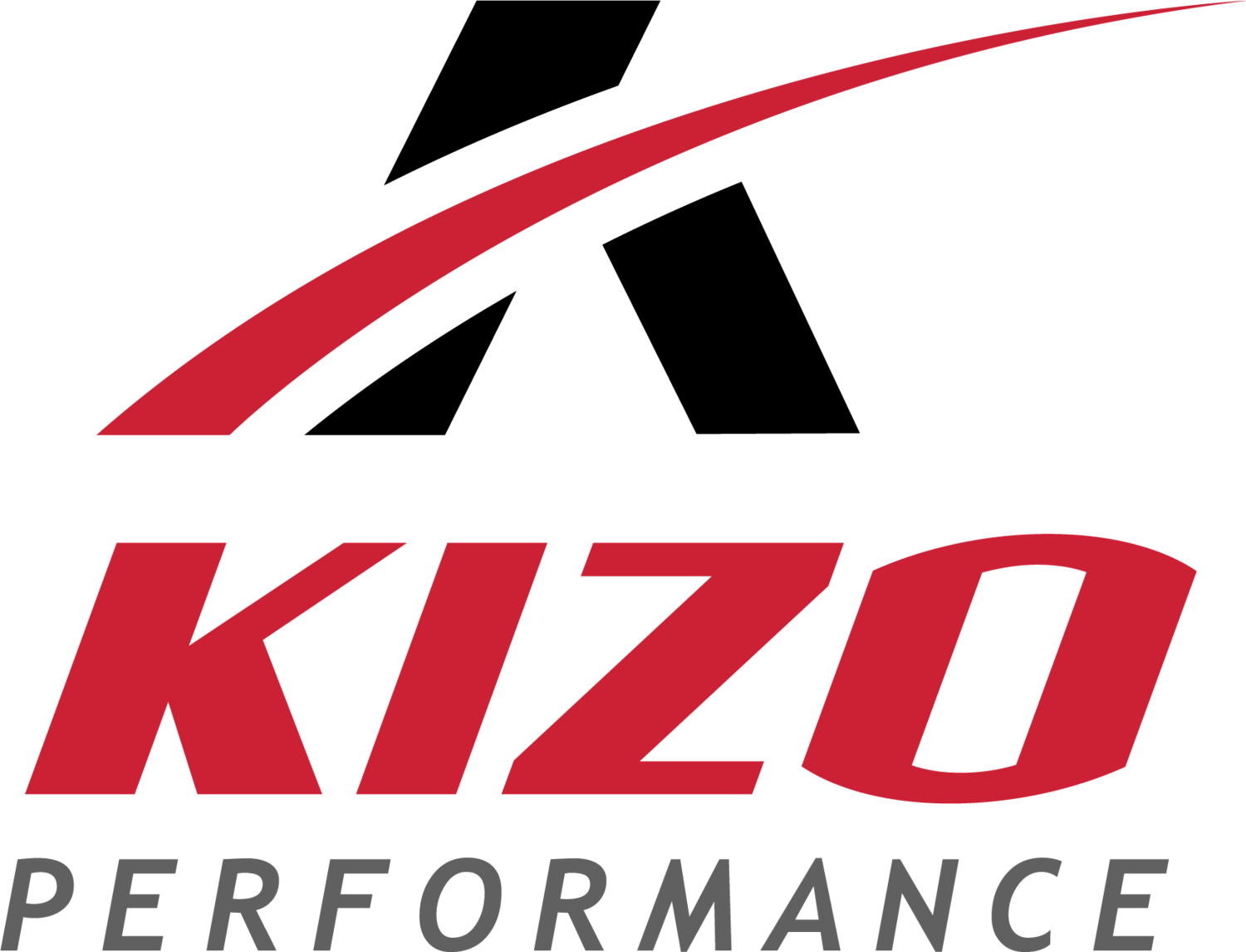Top Tips for your Mental Routine Between Points
What you’ll learn
You spend 70% of your time on the court not hitting the tennis ball
You can psych yourself out in that time, or you can use a mental strategy to keep yourself dialed-in
How can you use that time to stay focused and calm and play high-quality tennis
READING TIME: 3 minutes
Interested in creating a personalized routine between the points? Schedule a short call with one of our coaches to get started!
Did you know that the average tennis point on a hard court lasts 6 seconds while the break is 15 seconds? You spend as much as 70% of your time on court during a tennis match NOT hitting the ball. How can you put this time to good use?
Mental Routine
Since the breaks are a time ripe for distractions, it’s a great idea to have a consistent, purposeful, and empowering routine to click into so that we are set up to play the next point well. The purpose of the mental routine is to quiet the inner distractions (self-doubt, low confidence, negative self-talk) and outer noise (crowd, parents, wind, coaches) and tune into your best performance. Except for one of the strategies below, you should be using the same routine whether you won or lost the last point.
The strategies
Having observed top players, here are the most popular strategies and what they do for you. Integrate one of these strategies into the routine you already have. Stick with it for a week (at least 5 training sessions), and if you don’t like it, try another one! After a few weeks, you’ll have a new tool in your routine that will let you play better quality tennis!
POSITIVE BODY LANGUAGE
Strong, neutral body language. Head up, shoulders back, racquet in non-playing hand, face expressionless. This tells your body and your opponents that you're okay with what just happened because there is a mind-body connection.RELAX
Relax by taking 2 slow, connected breaths, inhaling through your nose and exhaling through your mouth. Lets your mind relax and tune into something soothing. If you're too amped up, this calms your heart rate into the optimal zone.THE LAST POINT
This strategy is for when you lose the point. Imagine the ending of the last point and re-edit the film in your mind as if you had done it right. By doing so, you learn from past points without dwelling on it or getting emotional.THE NEXT POINT
Imagine the tactic you'd like to use to kick off the next point (e.g. serve wide, then hit to the open court). Only imagine the first few shots and have them in combos that make sense. Imagining an action uses the same part of the brain as doing it in for real which gears up the brain to do the shot more accurately, quickly, and efficiently.PHYSICAL ROUTINE
Your serve or return routine right before you hit the ball must be consistent and familiar. While this is not a mental routine, it lets your click into your technique without thinking about the specifics.
Putting it into practice
Building a mental routine takes time, conscious reminding, and focused effort. Making it into a habit is similar to learning a new forehand grip. It takes patience, discipline and repetitions. Next time you play points, pay attention to your mental routine between points. Do you have a different mental routine when you win or lose a point? Write down your responses to these questions to get started.
What's my go-to routine?
Does what I do help my performance or distract me?
What can I add, remove or change in my routine?
Now write down the steps you want to have in your routine. You can either use arrows or numbers to show the order. Make the steps clear. When you have that, share your routine with your coaches and start putting it into practice on the court!
Main Takeaways
Check into your routine between the points. What can you remove and add to it to make it more powerful?
Experiment with the between-point tips in practice, not during tournament matches.
Have a consistent routine that empowers you and that your opponent can't disrupt


